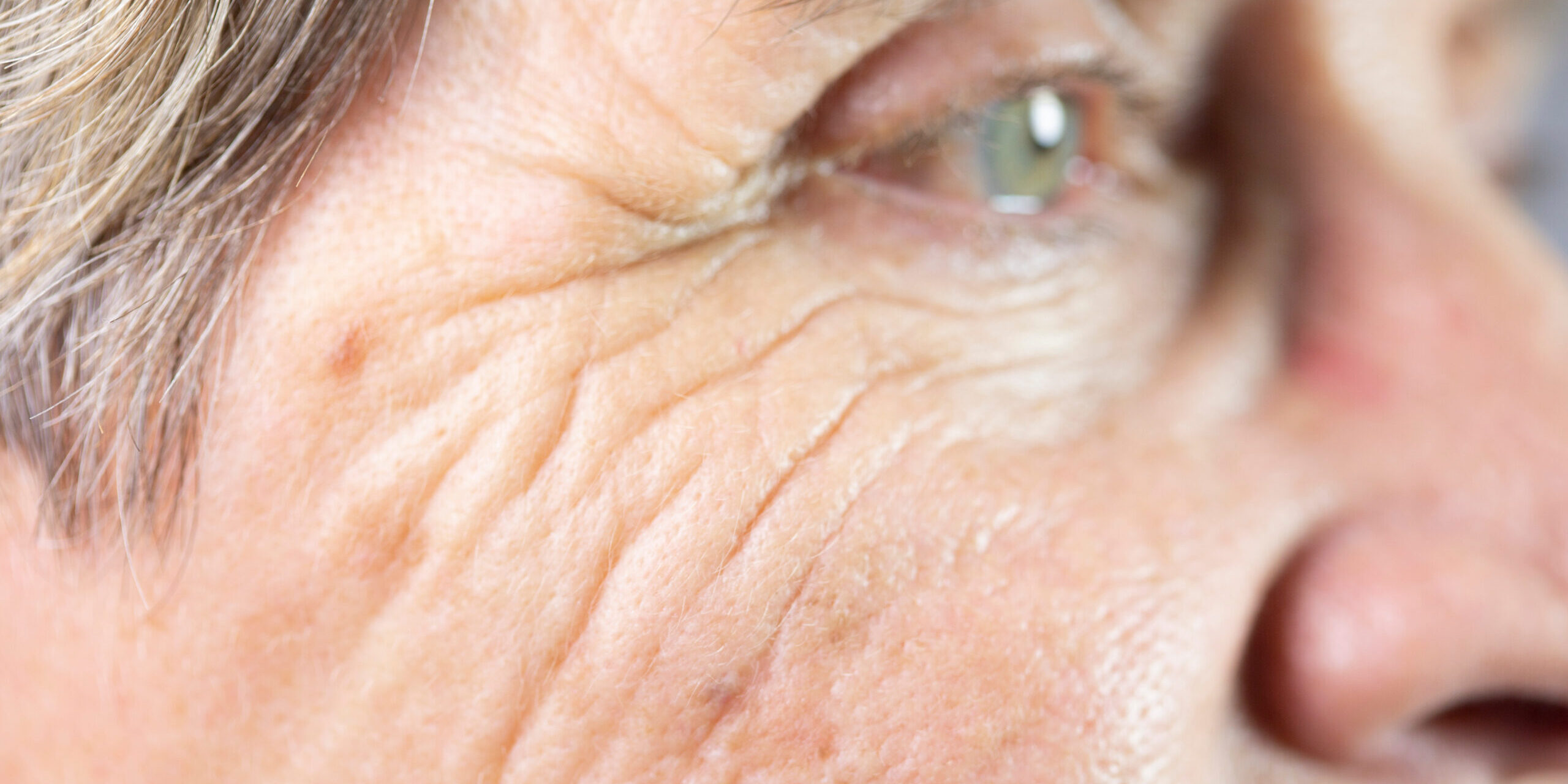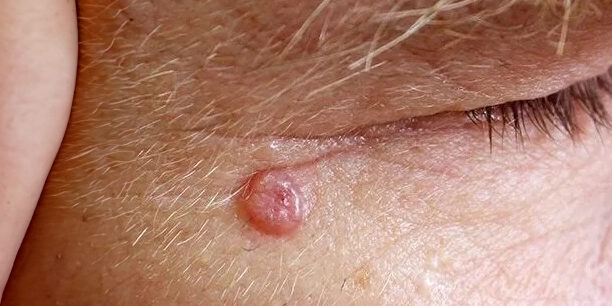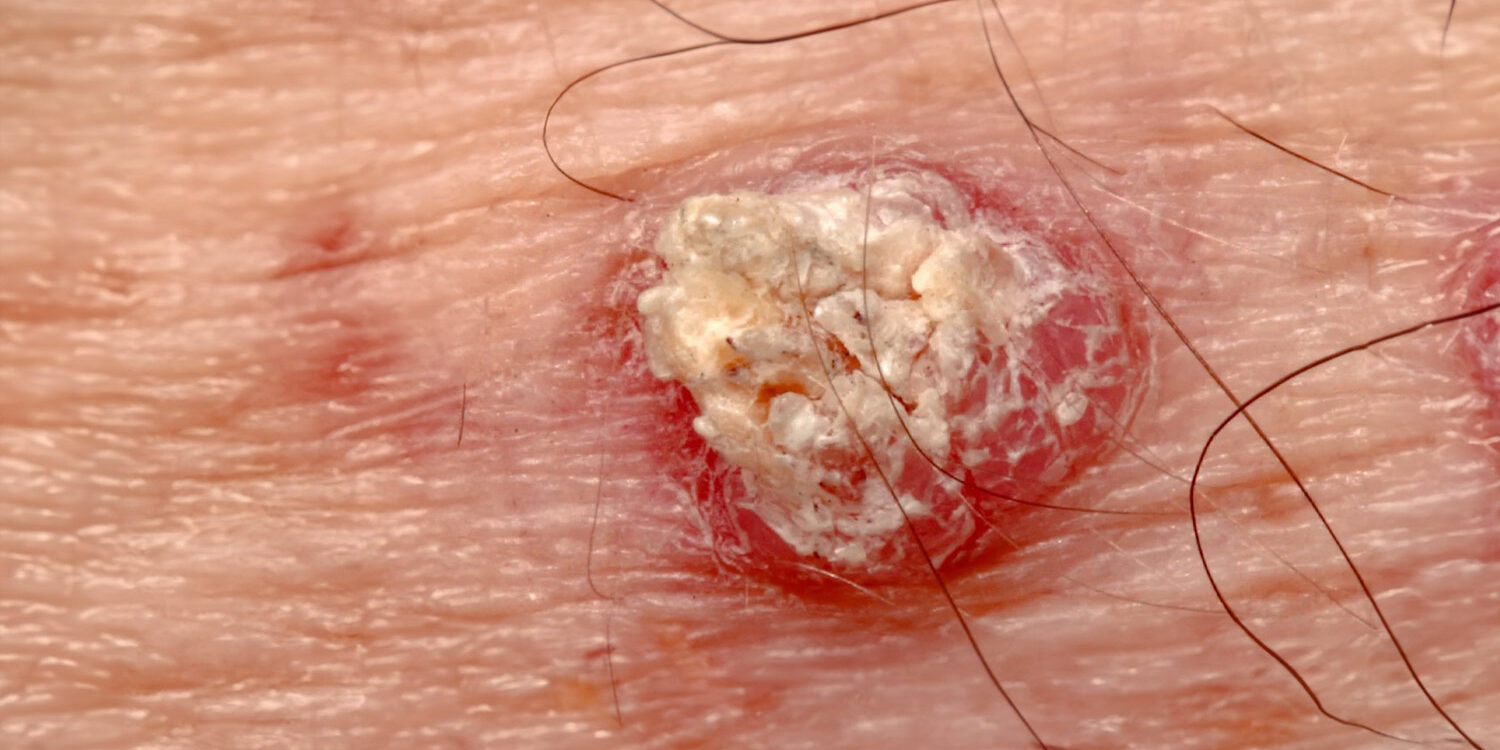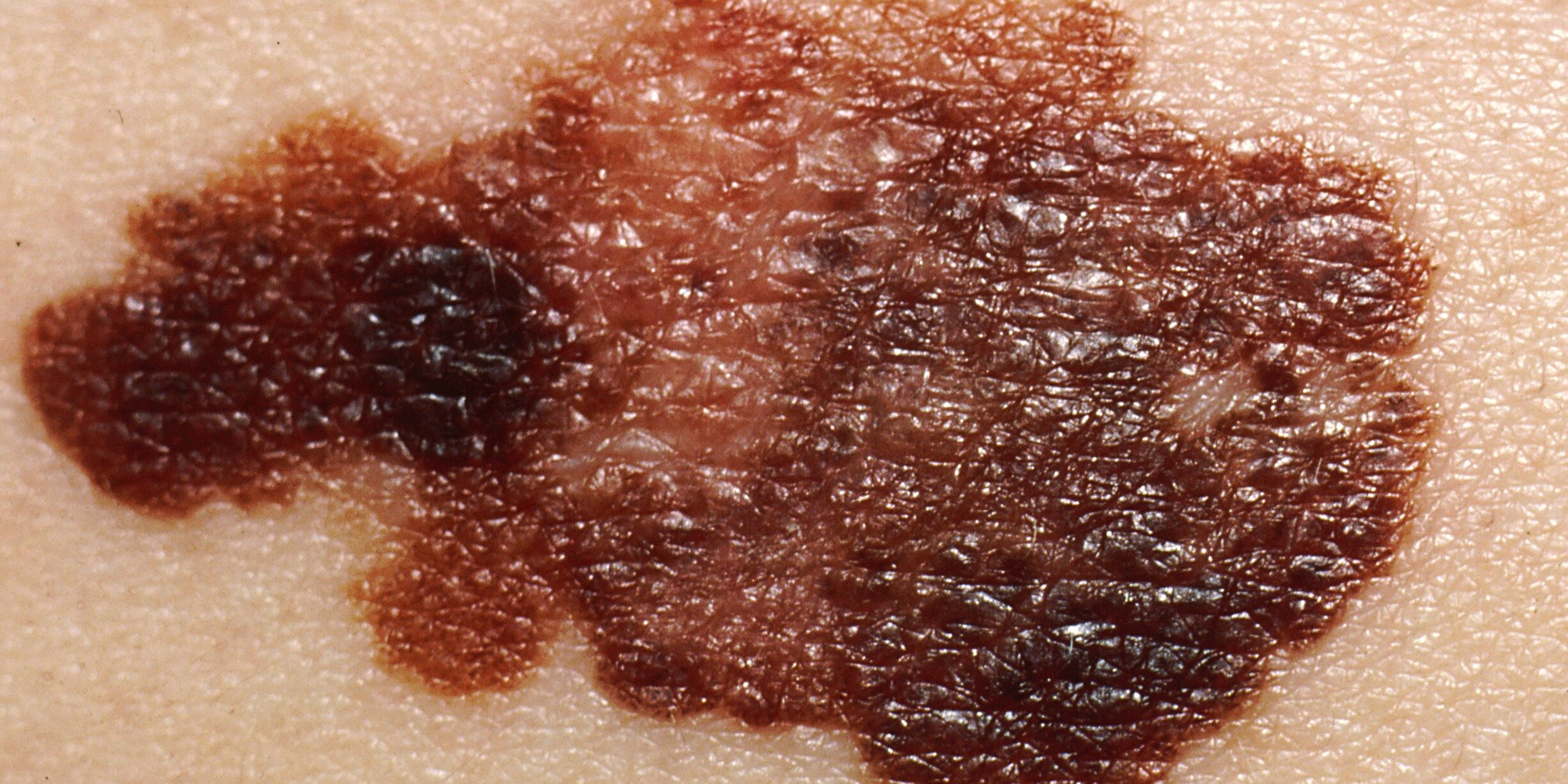SKIN CARE & CLINICAL DERMATOLOGY
Precancerous Skin Conditions
Precancerous skin conditions, such as Actinic Keratosis and Dysplastic Nevi, are early warning signs that your skin has been damaged by the sun or other factors, increasing the risk of developing skin cancer. Understanding and addressing these conditions promptly can significantly reduce the likelihood of cancerous growths. Learn more about prevention and treatment options to safeguard your skin's health.
PRECANCEROUS
Actinic Keratosis
Actinic Keratoses are considered a precancerous condition. They represent the earliest stage in the development of squamous cell carcinomas in sun-damaged skin. They are small scaly spots most commonly found on the face, lower arms, and back of the hands in fair-skinned individuals with significant sun exposure. They are often more easily felt than seen. If not treated, some actinic keratoses may become squamous cell skin cancers, requiring more extensive treatment. Dr Dimino removes actinic keratoses with cryotherapy (freezing), medicated lotions, and other dermatologic surgical procedures. Sunscreens and sun-protective clothing help prevent actinic keratoses.


PRECANCEROUS
Dysplastic Nevi
Dysplastic nevi are abnormal moles in size, shape, or color that are not yet cancerous. Dr. Dimino recommends surgically removing them because they are more likely than ordinary moles to develop into melanoma.
SKIN CARE & CLINICAL DERMATOLOGY
Cancerous Skin Conditions
Cancerous skin conditions encompass a range of diseases, including the three most common: Basal Cell Carcinoma, Squamous Cell Carcinoma, and Malignant Melanoma. According to the Skin Cancer Foundation, 1 in 5 Americans will develop skin cancer by the age of 70, and more than two people die every hour in the US of skin cancer. These conditions arise from abnormal growth of skin cells and can be life-threatening if left untreated. Early detection and treatment are crucial for successful outcomes. Learn about symptoms, risk factors, and treatment options to protect yourself against these severe conditions.
CANCEROUS
Basal Cell Carcinoma
Basal cell carcinoma is the most common skin cancer in light-skinned individuals. Approximately 3.6 million basal cell carcinomas are diagnosed annually in the United States. It arises from prolonged sun exposure, often appearing as small pearly bumps or nodules, primarily on the head or neck, and occasionally as red patches or scar-like growths. Despite its slow spread, ignoring these tumors can lead to bleeding and crusting. Basal Cell Carcinoma can infiltrate nearby tissues and nerves, potentially resulting in significant spread and disfigurement over time. Seeking prompt dermatological evaluation and treatment assures the best outcome. Mohs micrographic surgery is considered the gold standard and the most effective intervention for basal cell carcinoma.


CANCEROUS
Squamous Cell Carcinoma
Squamous cell carcinomas are the second most common skin cancer, with about 1.8 million tumors being diagnosed annually in the United States. Fair-skinned people are most susceptible. They can occur anywhere but are most common in sun-exposed areas like the face, neck, and hands. They are also frequently seen on the mucosa of the lips. This cancer can be aggressive, grow quickly, and develop into large masses. Sun damage is the most significant precursor for squamous cell carcinomas, but arsenic and immunosuppressive drugs can also contribute to their occurrence. Squamous cell carcinomas also have the potential for metastasis, so it is imperative to seek early treatment. Mohs micrographic surgery is the most curative treatment for cutaneous squamous cell carcinomas.
CANCEROUS
Malignant Melanoma
Malignant melanoma, one of the deadliest skin cancers, is on the rise, with American citizens facing a 1 in 30 to 1 in 40 lifetime risk of developing it. It occurs most commonly in fair-skinned individuals, but all skin types are susceptible. Excessive sun exposure, sunburns, and tanning beds are primary preventable causes. Melanoma can also have various genetic links that can make specific individuals more prone to melanoma as well as other cancers like colon, pancreatic, breast, or particular eye tumors. According to the Skin Cancer Foundation, having a history of 5 or more sunburns in your lifetime doubles your risk of melanoma. Early detection through regular dermatological examinations is crucial, as melanomas can spread rapidly, often metastasizing to internal organs. When detected early, melanoma has a 99% 5-year survival rate.

SKIN CARE
Mohs Micrographic Surgery
Mohs micrographic surgery is a state-of-the-art skin cancer surgery for basal cell, squamous cell carcinomas, and other cutaneous malignancies. For over 50 years, the Mohs technique has provided complete cancer removal down to the cellular level with the least potential for scarring and disfigurement. Mohs has the highest cure rate (up to 99%) for primary lesions. Mohs micrographic surgery should only be performed by a dermatologic surgeon who has completed an approved fellowship training program in Mohs and reconstructive surgery and is a member of the elite American College of Mohs Surgery. This training is in addition to board certification in dermatology and Mohs micrographic surgery. She has run a Mohs clinic for over 30 years- completing tens of thousands of cases.
During Mohs Surgery, Dr. Dimino uses a microscope to ensure complete and immediate removal beyond what is visible with the naked eye, providing the highest cure rate and the best cosmetic result. In contrast, other treatment methods guess the extent of the tumor, resulting in either incomplete cancer removal or unnecessary scarring.
Mohs surgery is the treatment of choice for large, ill-defined, or recurrent skin cancers and for tumors in cosmetically demanding areas (eyelids, nose, ears, and lips).
Dr. Dimino performs Mohs surgery in her office surgical suites under local anesthesia. Dr. Dimino and her staff take great pride in their results and in making the process as comfortable as possible for their patients.